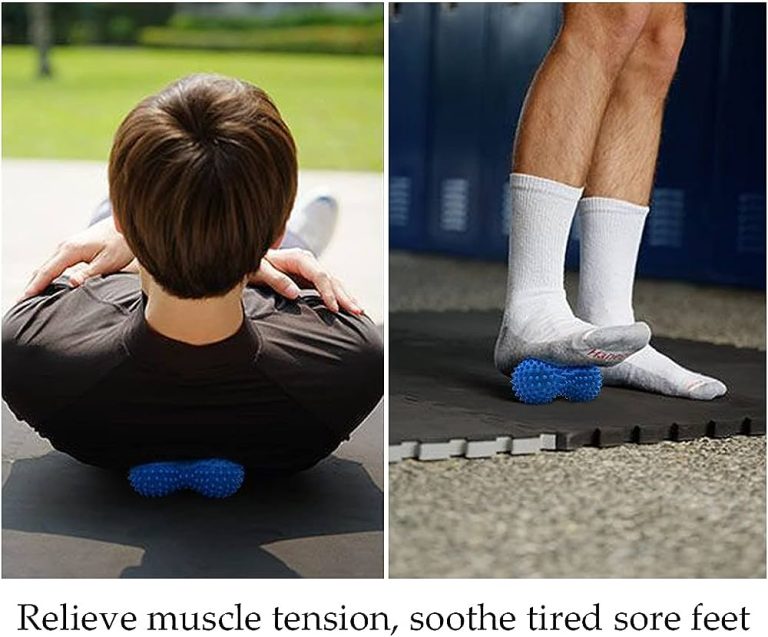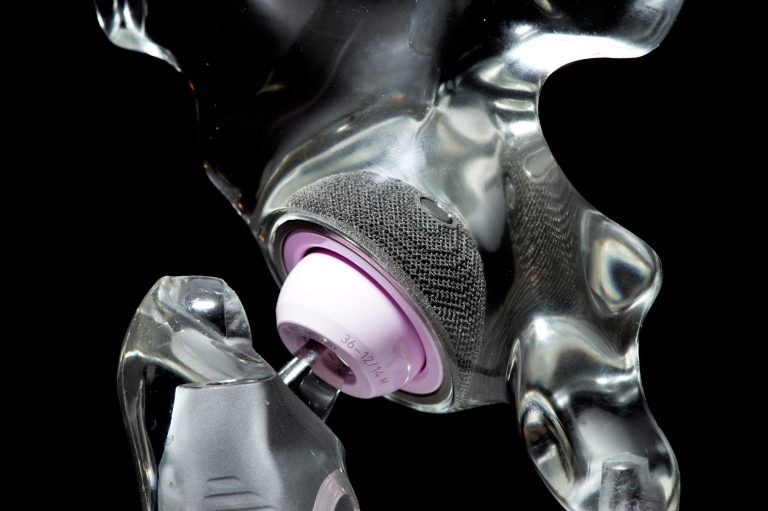Transforming Waste: 3D Printing Polystyrene for Sustainable Innovation
In a world where innovation and sustainability go hand in hand, a groundbreaking technology has emerged: 3D printing. This cutting-edge method allows us to bring our wildest imaginations to life, layer by intricate layer.
But what if we told you that this incredible process could be further enhanced by one substance that has been both praised and criticized: polystyrene? Yes, that same material used in food packaging and toys can now be transformed into fascinating 3D-printed creations.
Discover the untapped potential of polystyrene in the realm of additive manufacturing, where durability, flexibility, and creativity collide in a mesmerizing way.
3d printing polystyrene
3D printing polystyrene offers advantages such as the ability to create complex geometries and reduced material waste. Polystyrene, specifically high impact polystyrene (HIPS), is commonly used as a soluble support material in 3D printing.
HIPS is known for its toughness and flexibility, similar to ABS, but with the ability to withstand higher impact forces. It is safe for food packaging and FDA-compliant for food processing applications.
HIPS is a graft copolymer made from a blend of polystyrene and polybutadiene rubber. It has a specific gravity of 1.05 g/cm^3 and a maximum tensile strength of 5801 psi.
HIPS is commonly used in the manufacture of toys, appliances, product packaging, and cases. However, there are some considerations when printing with HIPS.
It should only be used as a support structure for materials like ABS, and chemicals are used to dissolve and remove the HIPS support structures, which can be costly. Good ventilation and respiratory protection are advised, as the vapor generated during printing can be toxic.
Proper bonding between layers and prevention of warping are crucial for successful HIPS 3D printing. Applications of 3D printed polystyrene include prototyping, architectural models, consumer products, and biomedical applications.
Key Points:
- 3D printing polystyrene allows for complex geometries and reduces material waste
- High impact polystyrene (HIPS) is commonly used as a soluble support material in 3D printing
- HIPS is tough, flexible, and can withstand higher impact forces than ABS
- HIPS is safe for food packaging and FDA-compliant for food processing applications
- HIPS is made from a blend of polystyrene and polybutadiene rubber, with specific gravity of 1.05 g/cm^3 and maximum tensile strength of 5801 psi
- Considerations when printing with HIPS include:
- Using it only as a support structure for materials like ABS
- The cost of dissolving and removing HIPS support structures
- The need for good ventilation and respiratory protection due to toxic vapor
- The importance of proper bonding and prevention of warping for successful printing
Sources
https://pick3dprinter.com/hips-3d-printing/
https://www.3devo.com/blog/polystyrene-all-you-need-to-know
https://www.digitalengineering247.com/article/3d-printing-with-recycled-polystyrene-or-new-life-for-party-cups
https://www.matterhackers.com/store/3d-printer-filament/hips-175mm-1kg
Check this out:
💡 Pro Tips:
1. When using HIPS as a soluble support material in 3D printing, ensure that the supporting structure is properly designed and doesn’t require excessive amounts of HIPS to minimize the cost of chemical dissolution.
2. To improve bed adhesion when printing with HIPS, consider using a combination of Kapton tape and PET sheets on the print bed.
3. Be cautious of the toxic vapor emitted during HIPS 3D printing. Ensure good ventilation and use proper respiratory protection to minimize exposure.
4. If HIPS is being used as a support structure for materials like ABS, pay extra attention to achieve a proper bond between the HIPS and the primary material to ensure structural integrity.
5. Consider increasing the ambient temperature during HIPS 3D printing to prevent rapid contraction of the material, which can lead to warping and other printing issues.
Introduction To Polystyrene And Its Forms
Polystyrene (PS) is a versatile polymer that comes in two main forms: rigid foam and solid plastic. Rigid foam polystyrene, commonly referred to as EPS (expanded polystyrene), is widely used for insulation and packaging due to its excellent insulating properties.
On the other hand, solid plastic polystyrene is commonly used in a variety of applications, including consumer products and building materials.
Environmental Concerns With Polystyrene
Polystyrene has faced scrutiny and environmental criticism due to its slow degrading process. It is known to persist in the environment for hundreds of years, leading to concerns about its impact on ecosystems.
The accumulation of polystyrene waste in landfills and water bodies has raised alarms about its potential harm to wildlife and marine life. As a result, there has been a growing demand for more sustainable alternatives to polystyrene.
The Benefits Of Hips As A 3D Printing Filament
High impact polystyrene (HIPS) has emerged as a popular 3D printing filament known for its toughness and flexibility. It is often used as a soluble support material in 3D printing, making it an excellent choice for complex designs that require support structures.
HIPS offers similar properties to acrylonitrile butadiene styrene (ABS) but can withstand higher impact forces. Its versatility and compatibility with various printing materials make it a preferred choice for many 3D printing enthusiasts and professionals.
Hips: A Versatile Support Material For 3D Printing
The unique trait of HIPS as a soluble support material sets it apart in the realm of 3D printing. When used alongside materials like ABS, HIPS provides stable support structures that can be easily dissolved and removed using specific chemicals.
This characteristic significantly reduces post-processing efforts and allows for the creation of intricate and complex designs that would be otherwise challenging to achieve. The compatibility of HIPS with various materials makes it a valuable tool in the 3D printing world.
The Properties And Applications Of Hips
HIPS is a graft copolymer, created by blending polystyrene with polybutadiene rubber. It has a specific gravity of 1.05 g/cm^3 and a maximum tensile strength of 5801 psi.
These properties make it highly suitable for a wide range of applications. HIPS is commonly used in the manufacture of toys, appliances, product packaging, and cases.
Its toughness, impact resistance, and machinability make it a versatile material choice.
Considerations And Precautions For 3D Printing With Hips
To successfully 3D print with HIPS, certain considerations and precautions must be taken. Printers equipped with two extruders and a heating bed are recommended for HIPS printing.
Good ventilation and respiratory protection are advised due to the potential toxicity of HIPS vapor. It’s essential to understand that HIPS should only be used as a support structure for materials like ABS.
Chemicals are required to dissolve and remove HIPS support structures, which can add costs to the printing process. Additionally, using Kapton tape or PET sheets can improve bed adhesion for HIPS printing, while increasing the ambient temperature can prevent rapid contraction of the material.
Overall, 3D printing with HIPS offers numerous advantages, such as the ability to create complex geometries, reduced material waste, and improved support structure capabilities. Its applications are vast, including prototyping, architectural models, consumer products, and even biomedical applications.
However, attention must be given to ensuring proper bonding between layers during printing and mitigating potential warping issues. With proper precautions, HIPS can be a game-changer in the world of sustainable innovation through 3D printing.
[BLOG TITLE: Transforming Waste: 3D Printing Polystyrene for Sustainable Innovation]







